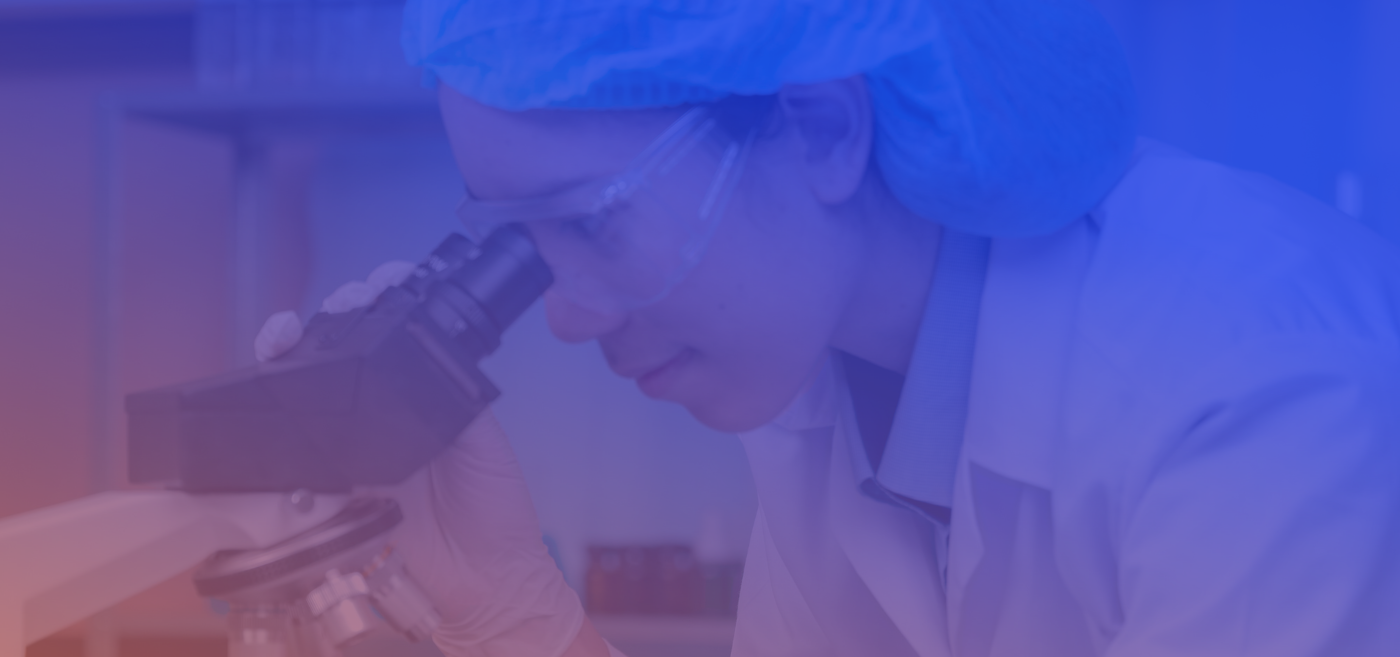


What exactly does Integrated Drug Discovery (IDD) mean and how is it different from standalone services?
What are the advantages of running IDD projects at BioDuro-Sundia?
What are some of the key factors to consider when choosing a service provider to run IDD projects?
What measures are in place to protect the sensitive IP generated during execution of an IDD project?
Our IDD services closely mimic the traditional approach of pharma and biotech companies but externalizing the entire drug discovery project allows our clients to reach essential drug discovery milestones in less time and with lower costs than achievable internally or by deploying external resources in standalone services.
In addition to running the entire drug discovery project from an idea or hit, we are also flexible to engage at later stages to re-examine a shelved asset or looking to identify a backup candidate for a project.
Another advantage, especially for virtual or smaller biotech companies, is the ability to access/augment resources or expertise not available or cost-effective to build in-house.
There are several components that when properly combined allow for significant time savings.
First and foremost, having the full range of discovery services and an experienced team of seasoned scientists who are used to working together to drive our client’s success is crucial. We have been running integrated programs since our inception and have helped many companies to achieve their milestones with compounds coming out of our IDD projects now on the market or in the clinic. Furthermore, many projects helped our clients to secure additional funding or led to successful acquisition by large pharma.
Second, dedicating a scientific project manager with a strong understanding of the entire drug discovery process helps tremendously by setting up customized workflows for each project to ensure a smooth overall process. This includes effective internal and external communication, facilitating between different in-house scientific and supporting functions, as well as ensuring timely data transfer to enable near real-time decision making.
The third important component is having all services co-located at one site and in one facility as that is critical to achieve quick handoffs. When running an IDD project in one of our two fully integrated sites we don’t need to ship any materials between sites or to external partners, once synthesized our chemists register the target molecules and compound management distributes a sample to our biology team for the primary assay on the same day. We typically establish a screening cascade together to automatically trigger progression of compounds that meet the defined criteria into the next tier of assays in biology and DMPK.
When these three components are in place and well-managed, then you achieve true integration that leads to shorter turnaround times for each iterative design-synthesize-test cycle and thus to an accelerated overall timeline for the project.
Absolutely. No two projects or two clients’ requirements or resources are the same and we are very flexible to work along a range of approaches that best fit the needs of our clients.
On one end of the spectrum, we can drive the entire design-synthesis-test cycle in-house mostly independently (we provide MedChem and CADD to design the target molecules). On the other end of that spectrum, a client may choose to drive the design themselves (client provides MedChem and/or CADD) while we synthesize the target molecules and run the necessary assays and studies to drive the project forward (synthesize-test cycle). Most commonly though, we work somewhere between those two ends in a highly collaborative fashion where both sides contribute ideas to the design.
As mentioned earlier, it is critical to have all necessary services available under one roof and an experienced team to run the project. Co-location not just of the services, but also of the team running the project is important. Our functional heads and IDD leaders literally sit next to each other to enable easy and frequent communication.
However, as with any relationship, it is also important to find the right match and to build trust and confidence. We take pride in being humble, flexible, and transparent while delivering high quality compounds and data to earn that trust. Also, we are large enough to have the full spectrum of capabilities and capacity to run IDD projects, but not so large that we operate in silos or don’t want to take on smaller projects. We believe in nurturing and growing our relationships so we can succeed together.
Apart from the overall capabilities, capacity and cultural fit, the most important factor to consider is the specific expertise in biology to match your needs. As stated earlier, to reap the full benefits of an IDD program, biology, chemistry and DMPK need to be run together. Once compounds need to be shipped somewhere for the gating biology (or ADME) assays, you slow down the design-synthesize-test cycle. So, it is important that we either match the biology needs and have the relevant assays up and running or we can develop (or transfer) and validate the required assays quickly.
Lastly, whenever biological data and chemical structures are shared it is natural to think about IP protection. It is important to know that BioDuro-Sundia is a pure-play service provider. We don’t run any internal drug discovery projects and thus there is no conflict. Furthermore, we never own any IP – clients always retain ownership of all IP. Additionally, in the (very rare) case that two clients approach us with the same target, we have the ability to firewall these projects by running them at two different fully integrated sites.
BioDuro-Sundia is a US-owned and registered company serving clients across the globe. Employees are trained and managed to operate under the highest US/EU standards to protect and preserve client intellectual rights and proprietary data. We adhere to the highest levels of IP protection and have a perfect track record in keeping your data safe.
We achieve this in a multi-layered approach involving Legal and Policy measures, IT Security, as well as Facilities and other Operations measures.
The legal and policies aspects include regular IP protection training provided to all employees under CDA, as well as never owning any intellectual property generated during the course of our client’s projects.
On the IT side we run US/EU standard encrypted IT systems with industry-leading firewall and VPN software installed across all computers and facilities. Also, sophisticated project-based, role-based control systems restrict access to sensitive data on a need-to-know basis.
We also keep client assets secure by separating the physical and operational aspects of each project. Customized facility configurations, project plans, and operating procedures are set up to protect the client’s project under operation.
We were recently engaged by a US biotech company working in the oncology space to identify a novel, potent, selective oral checkpoint inhibitor starting from a tool compound reported in the literature. We operated this project in the joint model where the client drove the MedChem design and BioDuro-Sundia ran all biology, synthetic chemistry, DMPK as well as later stage scale-up services in an integrated fashion with the support of a dedicated project manager as well as our compound management team.
During the 5-month Hit-to-Lead (H2L) stage our biology team developed and validated 3 in vitro assays while our chemistry team, after synthesizing several reference and tool compounds, explored multiple chemical series with 2 scaffolds advancing to Lead Optimization (LO). During the following 12-month LO stage we designed and executed the syntheses of small, focused libraries around the 2 scaffolds to quickly explore the SAR. Over 300 compounds were synthesized during this period and tested in 3 biology assays as well as in our ADME panel with several compounds further advanced into rodent PK studies. During the final 3-month late LO stage we scaled up two candidates for dog and monkey PK studies as well as early safety tox studies. One preclinical candidate (PCC) was declared after 20 months from starting the project with around 400 compounds synthesized and a patent application filed. The candidate is currently in Phase 1 clinical trials against an oncology indication.